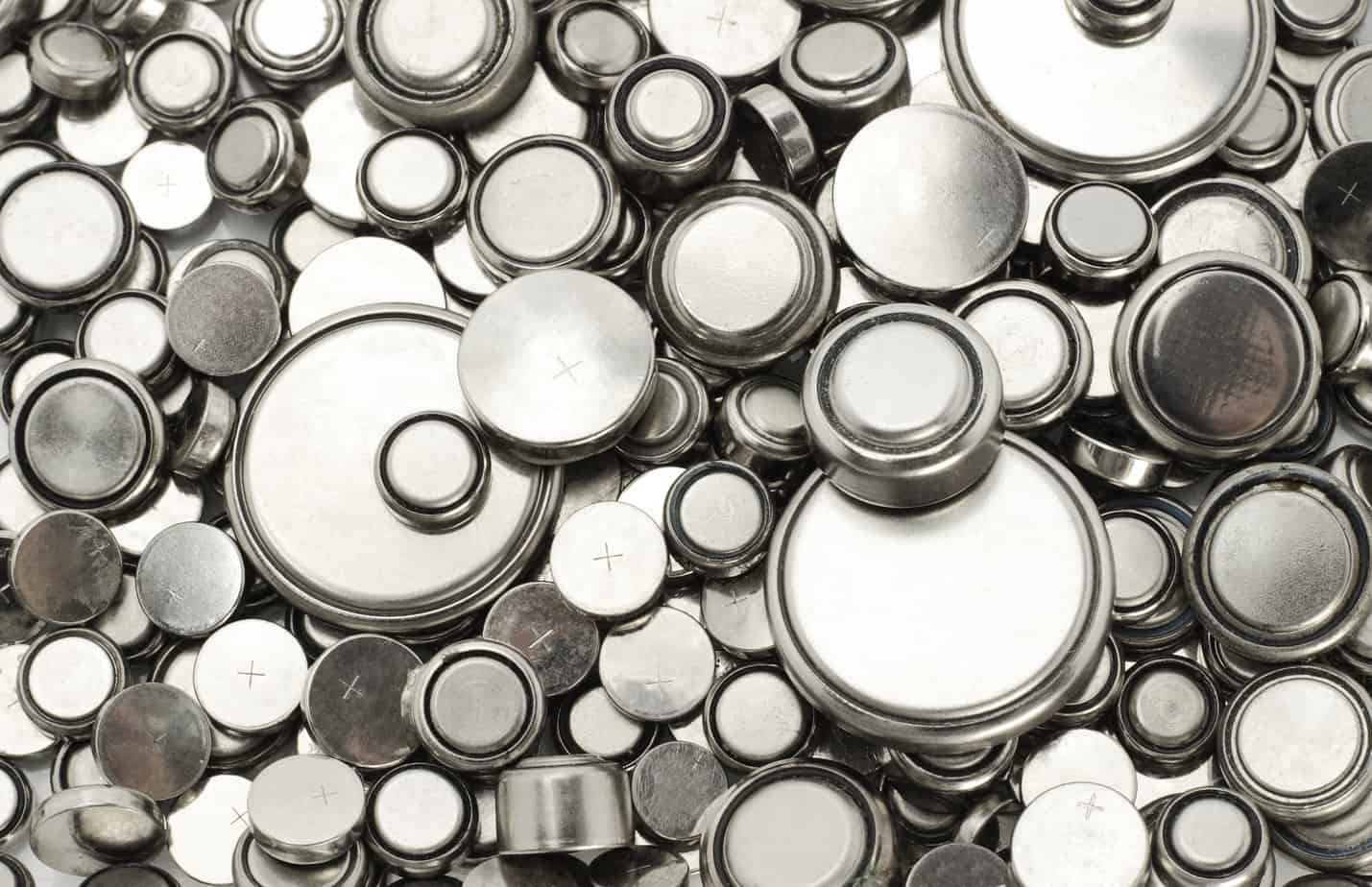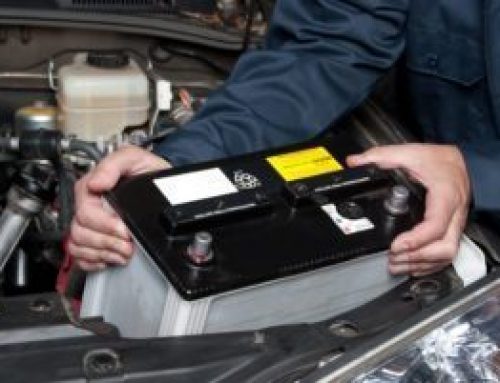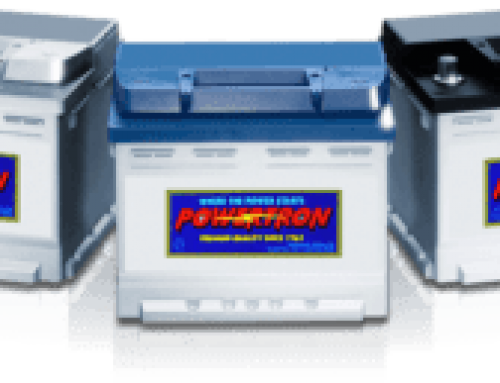In today’s world lithium-ion batteries are increasingly used to power everything from laptops and smartphones to electric cars and radio-controlled vehicles. Rising consumption of lithium and other materials used in these batteries has led some observers to wonder whether the world might soon experience a shortage or other production problems. Experts say that the answer to this question is no.
Lithium-Ion Battery Materials
Lithium is a metallic element. It does not appear in nature on its own. Instead, it forms part of other substances, including certain common types of rocks. Lithium-ion batteries also contain several other core metallic materials, including:
- Carbon
- Manganese
- Nickel
- Cobalt
Other materials used in the manufacture of these batteries include copper, aluminum and manmade plastics.
Why Is There Concern About a Shortage?
Ultimately, there is only a finite amount of every element found on planet Earth. This means that, theoretically, we can run out of any material or substance sooner or later. Some things exist in such large amounts that the possibilities for a shortage any time soon are vanishingly small. However, we have much more limited amounts of other valuable substances and materials.
It’s also important to note that shortages aren’t always caused by an actual lack of something. In fact, people often run out of desirable goods for other reasons. Apart from literal scarcity of a commodity, potential causes of local or widespread shortages include:
- Wars
- The high cost of extracting or producing a material
- Trade conflicts
- Political conflicts
The chief concern regarding a lithium shortage is a supply chain disruption that would make it difficult to obtain the massive quantity of the element needed for all its many modern uses. The same level of concern also applies to another lithium-ion battery material: cobalt.
Could a Shortage Occur?
The lithium used for lithium-ion batteries comes from two main sources: mining operations and the brine content of naturally occurring sea water. Material obtained from mining could potentially be restricted in the future for one reason or another. However, experts in the field of resource extraction report that increased production from brine could easily make up for any shortages in mined lithium. New brine-related resources could also be brought online faster than any new mines.
It would take less than a year to offset increased demands for lithium with new brine extraction projects. In the short term, there might be some disruptions before these projects produced enough of the element to meet current needs. However, such disruption wouldn’t necessarily have any impact on even the short-term ability to make and distribute lithium-ion batteries.
A more serious concern for battery production is the available supply of cobalt. Currently, most of this element comes from the Democratic Republic of the Congo, a place well-known for political instability and corrupt officials. Problems in that country could potentially snowball into short-term cobalt shortages.
However, a bigger concern is the need to open more cobalt mines to keep pace with increasing demand. Lack of a sufficient number of mines could periodically lead to spot shortages. Still, no one expects that such shortages will have a major impact on lithium battery production. To reduce the risks, researchers are investigating new methods of battery construction that require less of the element for production.







Leave A Comment